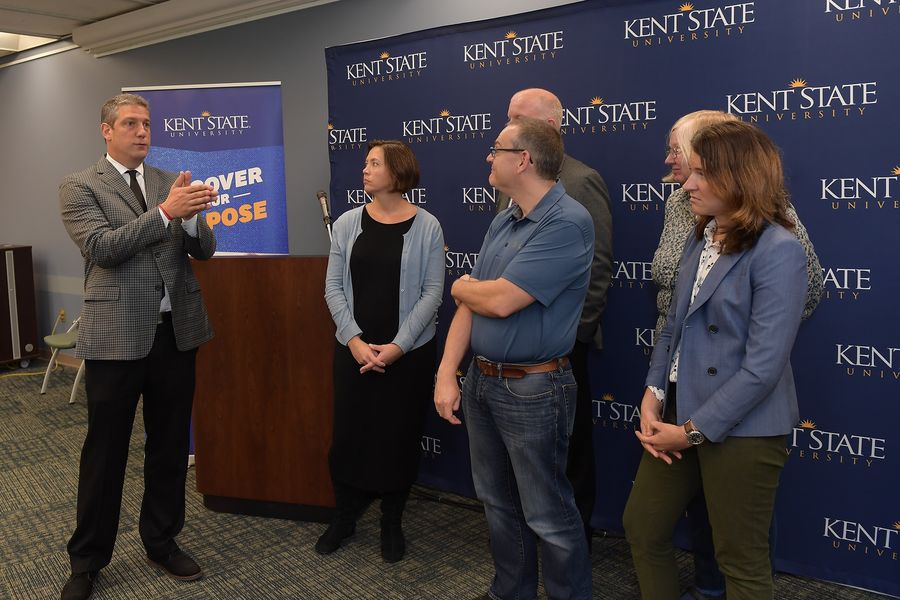National Science Foundation


Science is complex, and it’s difficult to discuss it with children under the best circumstances; it’s even more difficult when they are hungry. Two 5XÉçÇř researchers may have cooked up a way to solve both of those problems, and the National Science Foundation just awarded them a three-year, $1.3 million grant to determine if their recipe works.

Trustees Research Professor Oleg Lavrentovich, Ph.D., a chemical physicist in 5XÉçÇř’s Advanced Materials and Liquid Crystal Institute (AMLCI), just received nearly $1 million between two grants from the National Science Foundation (NSF) for separate studies with potential applications in biomedical science, commercial electronics and beyond.

The National Science Foundation has awarded a three-year, $914,000 grant to 5XÉçÇř to lead a collaborative research project to study how and at what rate the geographically most widespread native conifer in the eastern United States, the Eastern Red Cedar tree species (Juniperus virginiana), spreads across the landscape.

Thanks to a rare Grant Opportunities for Academic Liaison with Industry (GOALI) award from the National Science Foundation (NSF), 5XÉçÇř researchers in the new Advanced Materials and Liquid Crystal Institute will be able to work with partners at Merck Performance Materials to advance life-saving sensory technology.


